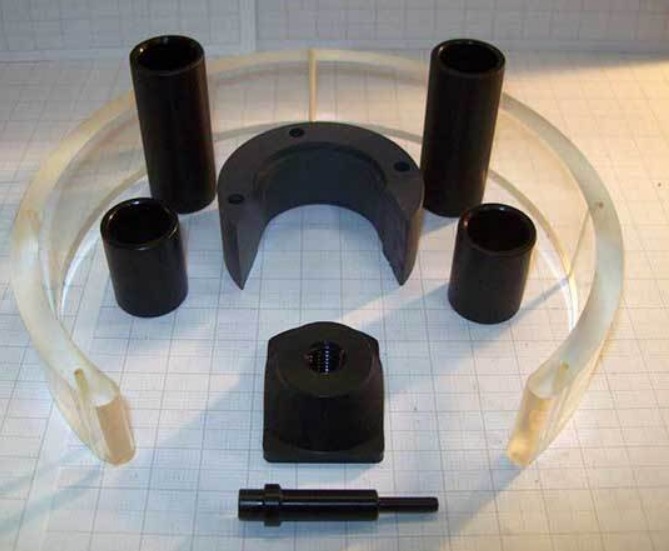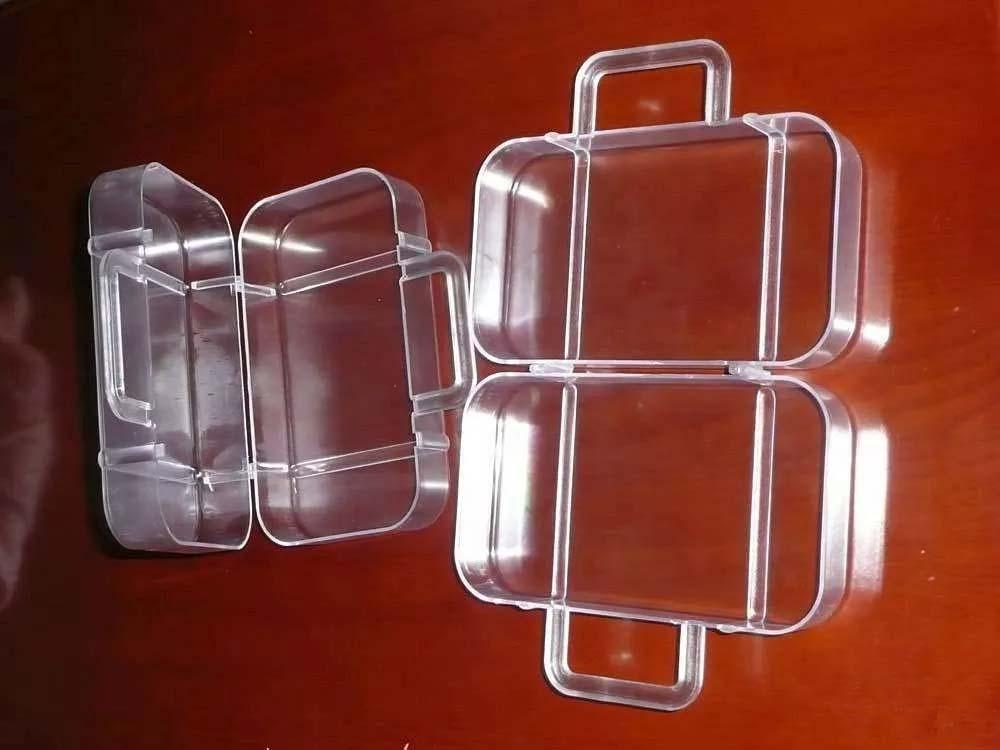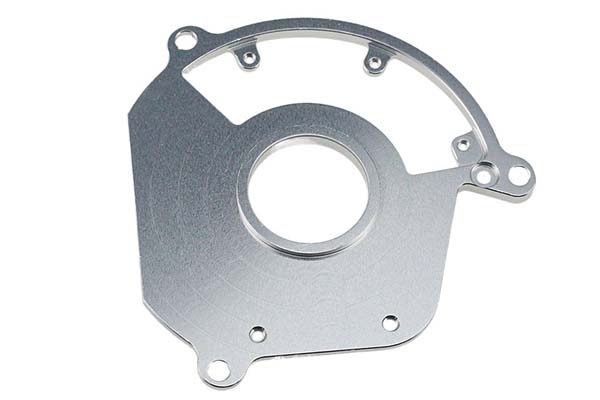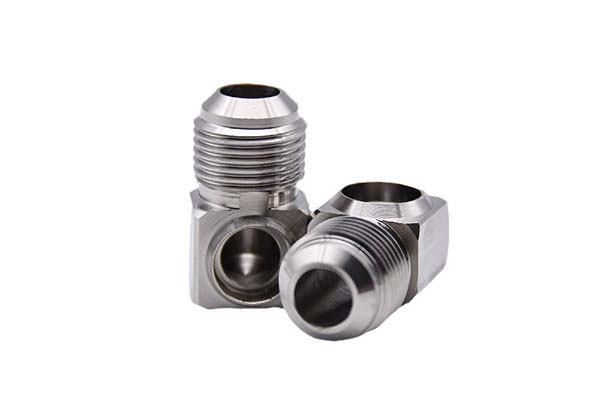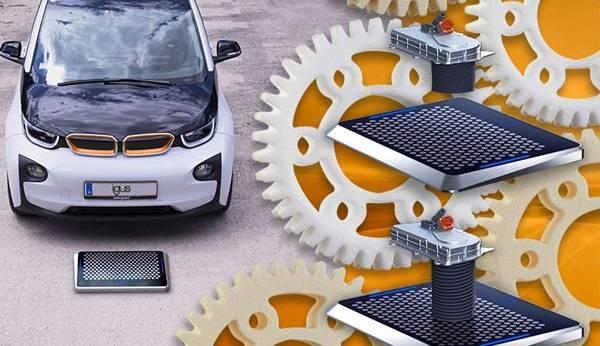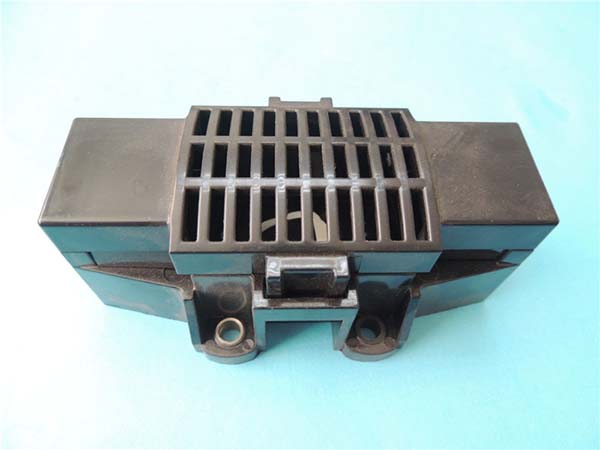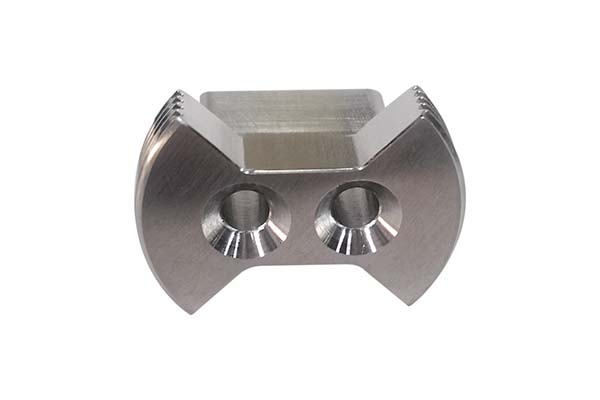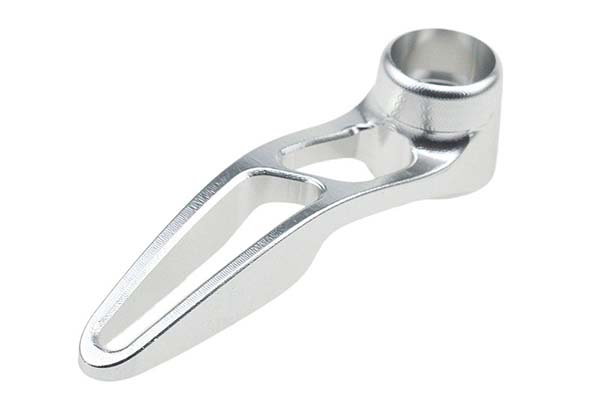Understanding Prototype Mold in China
A prototype mold is a preliminary model or tool used in the manufacturing process to create a sample or prototype of a final product. It serves as a crucial step in product development, allowing manufacturers to test and validate the design, functionality, and manufacturability of a product before moving on to full - scale production.
In China, the prototype mold industry has experienced remarkable growth and development. With the rapid progress of China's manufacturing industry, especially in sectors like automotive, electronics, and consumer goods, the demand for high - quality prototype molds has surged.
Rapid Prototyping in China: Methods and Advantages
3D Printing
3D printing, also known as additive manufacturing, has emerged as a game - changer in rapid prototyping in China. It works by adding layer upon layer of material, such as plastic, metal, or resin, based on a 3D digital model.
Advantages
- High Design Freedom: Designers can create highly complex geometries that are nearly impossible to achieve with traditional manufacturing methods. For example, lattice structures, internal channels, and organic - shaped components can be easily printed. In the aerospace industry, 3D - printed engine parts with complex cooling channels have been developed, which improve the engine's performance while reducing weight.
- Short Lead Time: It can quickly transform a digital design into a physical prototype. In some cases, a small - scale prototype can be printed within a few hours. This is extremely beneficial for startups and companies with tight product development schedules. For instance, a new consumer electronics startup in Shenzhen was able to iterate on its product design three times faster using 3D printing compared to traditional prototyping methods.
- Material Efficiency: Since it is an additive process, only the necessary material is used, minimizing waste. This is not only cost - effective but also environmentally friendly.
Suitable Product Types
3D printing is well - suited for small - batch production, custom - made products, and products with complex shapes. In the medical field, customized prosthetics can be 3D - printed according to the patient's unique body structure, ensuring a perfect fit. In the jewelry industry, intricate and unique jewelry designs can be brought to life quickly.
CNC Machining
CNC (Computer Numerical Control) machining is another widely used rapid prototyping method in China. It involves the use of computer - controlled machines to precisely cut, mill, drill, and shape materials such as metal, plastic, and wood.
Characteristics and Precision Advantages
- High Precision: CNC machines can achieve extremely high precision, often within the tolerance range of ±0.01mm or even higher in some advanced setups. This makes it ideal for producing prototypes that require tight tolerances, such as parts for the automotive and aerospace industries. For example, engine components for high - performance cars are often CNC - machined to ensure optimal fit and function.
- Versatility: It can work with a wide variety of materials, from soft plastics to hard metals like titanium. Different machining operations can be performed on the same machine, allowing for the production of complex - shaped prototypes. A single CNC machining center can be used to create a prototype with both flat surfaces and complex curved features.
- Repeatability: Once the program is set, CNC machines can produce identical parts repeatedly with consistent quality. This is crucial for quality control during the prototype production process.
Role in Prototype Manufacturing
CNC machining plays a vital role in creating functional prototypes. It can accurately replicate the design intent, enabling engineers to test the mechanical properties, functionality, and assembly of the product. In the development of new industrial equipment, CNC - machined prototypes are used to test the fit and movement of various components before mass production.
Vacuum Casting
Vacuum casting is a rapid prototyping process that is particularly useful for creating small - batch prototypes with high - quality surface finishes.
Process
The process begins with the creation of a master model, usually made using 3D printing or CNC machining. A silicone mold is then created around the master model. Once the mold is cured, it is placed in a vacuum chamber. Liquid resin (such as polyurethane) is poured into the mold, and the vacuum removes any air bubbles. After the resin cures, the prototype is demolded.
Applicable Materials
Common materials used in vacuum casting include polyurethane, which can be formulated to have different properties such as flexibility, hardness, and heat resistance. Epoxy resins are also used for applications that require high - strength and dimensional stability.
Finished Product Characteristics
- High - Quality Surface Finish: Vacuum - cast prototypes often have a smooth surface finish, similar to injection - molded parts. This makes them suitable for visual and functional testing, as well as for presenting to clients or investors.
- Good Dimensional Accuracy: The process can achieve relatively high dimensional accuracy, ensuring that the prototype closely matches the design specifications. This is important for components that need to fit together precisely, such as consumer product housings.
- Cost - Effective for Small Batches: Compared to injection molding, which requires expensive tooling, vacuum casting is a more cost - effective option for producing small numbers of prototypes (usually up to 50 - 100 pieces). This makes it an attractive choice for companies that want to test the market with a limited number of samples before committing to large - scale production.
Low - Volume Manufacturing with Prototype Mold
Meeting Initial Market Demand
Low - volume manufacturing with prototype molds is an excellent solution for meeting initial market demand. When a new product is launched, it is often risky to immediately invest in large - scale production. Small - scale production allows companies to test the waters in the market.
For example, a startup in the smart home device industry developed a new type of smart sensor. Instead of investing in large - scale production equipment right away, they used prototype molds for low - volume manufacturing. They produced a few hundred units initially and distributed them to selected early - adopters and beta testers. Based on the feedback received, they were able to make improvements to the product design, such as enhancing the sensor's sensitivity and improving the user - interface of the accompanying app. This iterative process, made possible by low - volume production, ensured that when they finally decided to scale up production, the product was well - received in the market. In fact, within the first six months of the official launch, they sold over 10,000 units, validating the effectiveness of their low - volume production strategy at the initial stage.
Reducing Inventory Risks
Inventory management is a crucial aspect of any manufacturing business, and low - volume production with prototype molds can significantly reduce inventory risks. According to a study by a leading supply - chain research firm, companies that switched from large - batch production to low - volume production saw a 30 - 40% reduction in inventory - related costs.
Take the fashion industry as an example. A clothing brand wanted to introduce a new line of sustainable fashion. In the past, they used to produce large batches of each design, often resulting in overstocking of unpopular styles and shortages of popular ones. With the adoption of prototype molds for low - volume manufacturing, they started by producing a small number of each design. For instance, they produced only 50 - 100 pieces of each new style. They then monitored the sales data in their flagship stores and online platforms. Styles that sold well were quickly re - ordered and produced in slightly larger quantities, while underperforming styles were discontinued. As a result, their inventory turnover rate increased by 25% within a year, and the amount of unsold inventory decreased by 40%. This not only saved them storage costs but also reduced the need for markdowns to clear out excess inventory, thus improving their overall profit margins.
Yigu Technology's Perspective
As a non - standard plastic and metal products custom supplier, Yigu Technology has deep insights into prototype molds and low - volume manufacturing. In terms of material selection, we understand that different materials have distinct properties, and choosing the right one is crucial. For plastic products, we carefully evaluate factors like heat resistance, chemical resistance, and mechanical strength. For example, when making prototypes for electronic device housings, we might select ABS plastic for its good impact resistance and dimensional stability.
In the aspect of process matching, Yigu Technology has rich experience. We can effectively combine different manufacturing processes according to product requirements. For instance, for a product with complex internal structures and high - precision outer surfaces, we may use 3D printing for creating the internal structures first and then CNC machining to finish the outer surfaces. This combination ensures both the complexity of the design and the high - precision requirements are met. Our expertise in these areas allows us to provide high - quality prototype mold solutions and support efficient low - volume manufacturing, helping our clients bring their products to market faster with reliable quality.
FAQ
What are the common materials used in prototype mold manufacturing in China?
Common materials include metals like aluminum, which is lightweight, has good corrosion resistance, and is easy to machine, making it suitable for a wide range of applications such as automotive and aerospace prototypes. Steel, especially alloy steels, are also popular for their high strength and durability, often used in molds for heavy - duty applications. Plastics like ABS (Acrylonitrile Butadiene Styrene) are widely used due to their excellent dimensional stability, impact resistance, and ease of processing. They are commonly seen in consumer electronics prototype molds. Silicone is another important material, especially for making flexible molds, which is useful in applications where flexibility and softness are required, such as in the production of soft - touch products or for making molds for casting resins.
How long does it usually take to complete a rapid prototyping project in China?
The time varies depending on the method and complexity. For 3D printing, simple prototypes can be completed within a few hours to a day for small - scale and relatively simple designs. However, for more complex and large - scale 3D - printed prototypes, it may take 3 - 5 days. CNC machining typically takes longer. A simple CNC - machined prototype might take 2 - 3 days, while a complex one with multiple operations and high - precision requirements could take 5 - 10 days. Vacuum casting, for a small - batch production of up to 50 - 100 pieces, usually takes around 3 - 7 days, including the time for creating the master model, making the silicone mold, and casting the prototypes.
What quality control measures are in place for prototype mold and low - volume manufacturing in China?
In the design phase, CAD/CAE software is used to simulate and optimize the mold design, ensuring its structural integrity and manufacturability. During material procurement, strict inspections are carried out to verify the material's quality, such as checking the chemical composition and physical properties of metals and plastics. In the manufacturing process, in - process inspections are conducted at various stages. For example, in CNC machining, the dimensions of the workpiece are measured regularly to ensure they are within the tolerance range. After production, final inspections include dimensional checks using precision measuring instruments like coordinate measuring machines (CMMs), and functional tests are performed to ensure the prototype or low - volume products meet the design requirements. Additionally, some manufacturers implement quality management systems like ISO 9001 to standardize and continuously improve their quality control processes.
